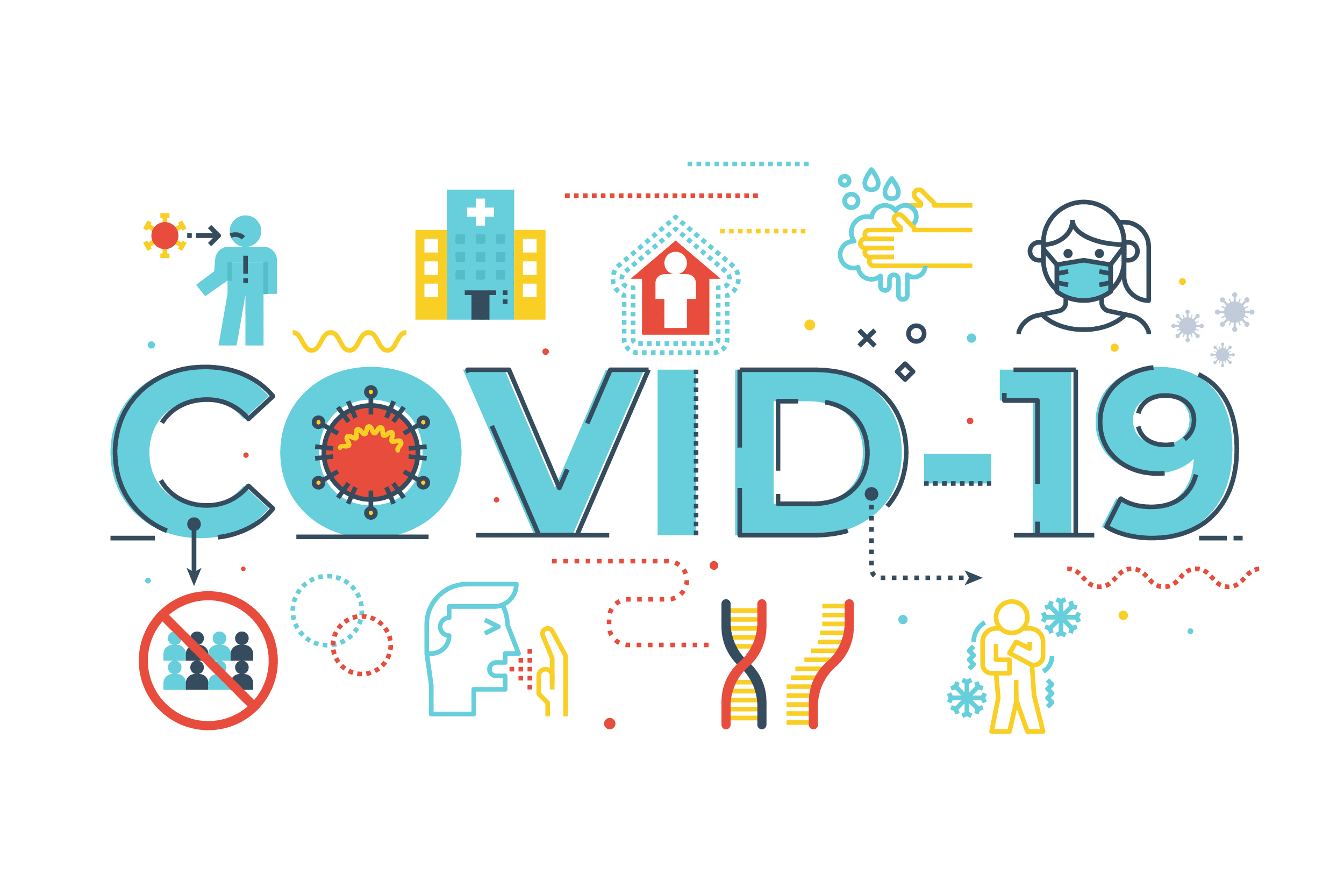How Can Analytics Help Organizations During the COVID-19 Pandemic?
As organizations take precautions amid the COVID-19 pandemic, day-to-day work and strategic direction are evolving rapidly. Businesses are grappling with how to respond to the effects of the pandemic and have numerous challenges facing them including potentially significant revenue shifts, communication issues and interaction changes, resource limitations, possible supply chain problems, business process changes, and customer risk, just to name a few.
Fortunately, organizations can analyze readily available data to better serve their customers during this challenging time by using both business intelligence and data intelligence to optimally respond to pandemic-induced shifts.
What Challenges are Businesses Facing?
Sudden changes in customer needs and habits require major organizational shifts. Companies face new obstacles when it comes to reaching their customers and offering services that benefit them. Here are some of the main challenges that businesses may be facing during this time:
- Location: Shifts in location are one of the foundational challenges for organizations. Customers are no longer visiting store fronts, eating at restaurants, or scheduling in-person services. Businesses need visibility into how their customers’ needs have shifted and develop new ways to serve their new goals.
- Communication: When face-to-face interaction is no longer an option, communication can be tricky. Methods like email and online chats can take longer than in-person meetings, which can harm efficiency.
- Resources: Businesses like restaurants and grocery stores are facing supply chain issues, which can change the way they meet customer needs. Monetary resources also change, requiring new approaches to everyday business.
- Information: Access to accurate information can be a significant challenge for organizations and customers. During times of crisis, it’s important that organizations deliver accurate information and provide timely updates about the current situation.
While each organization will face a different set of challenges during times of crisis, the above are some of the most prevalent during the current pandemic. It’s important that businesses remember that their response to these challenges will leave an impression on their customers. With the right response, your customers will see your business in a favorable light for years to come and will feel personally valued.
Organizations need to realign their strategic direction to better understand what their customers need to thrive and responding accordingly. Data integration tools and analysis can help companies work smarter by making better choices with their resources using the information they have. During the immediate impact of COVID-19, analytics can provide a reliable metric in the midst of spinning thoughts and emotions and produce more stability in an unsteady environment. Since the ramifications of the pandemic will have an extended impact, organizations need to determine both their short-term and long-term business response. Both are necessary for success.
How Can Data Analysis Help Interpret Customer Needs?
There are plenty of benefits of data integration in business. However, this approach can be especially effective in times of crisis. By using available data to understand customer needs and behavior, you can meet them where they are and adjust your strategic direction accordingly. Doing so helps to build long-term relationships and trust, which leads to client loyalty over time.
One of the best ways to approach data collection is to consider information that your business likely has on hand, like basic demographic data. Where do your customers live? Which age range are you targeting? Note whether your customers are married or have children. You can use this information to make estimates about their changing needs during the COVID-19 pandemic.
It all comes down to identifying a need and creating a targeted approach around that need. For example, if you own a bookstore and are targeting individuals ages 20-50, you can hypothesize that they may have children. This suggests that their children are home from school and that they’re currently homeschooling, especially if many of your customers live in highly affected areas. So, you can adjust your marketing to promote educational books to help parents cope with the transition to at-home learning.
Healthcare organizations can also benefit in this time by using analytics to protect their patients and staff. They can analyze projections of future COVID-19 cases, using this information to order the right amount of supplies and prepare for an influx of patients. Organizations will also help healthcare staff care for patients more effectively by obtaining enough medical equipment to fit this need and staffing enough professionals at any given time.
Numerous challenges will be revealed in the aftermath of COVID-19. Which ones affect your business will depend on several factors including your industry, client location, infrastructure needs, and operations strategy. But regardless of the challenges, the right combination of data, analysis, and ingenuity can help provide the actionable insights and answers that you need.
Remember: The way your organization reacts during this pandemic will be remembered in your community. An effective strategic response will set your business apart. By using analytics during this time of crisis, organizations can better understand customer needs. And, by staying in tune with these needs during a pandemic, organizations can leave a positive legacy for long-term promotion.
If you are looking for ways to use data to adjust your strategic direction during the COVID-19 pandemic, the team at Infoworks in Nashville, TN is here to help. Our knowledgeable team can build analytics systems for companies, so our clients can better understand their own customers. Contact us today to get started.





